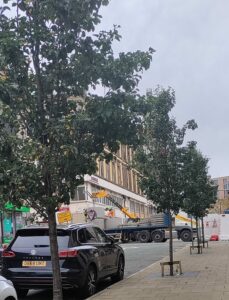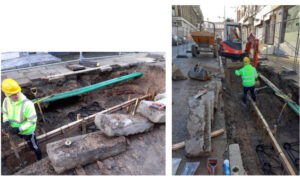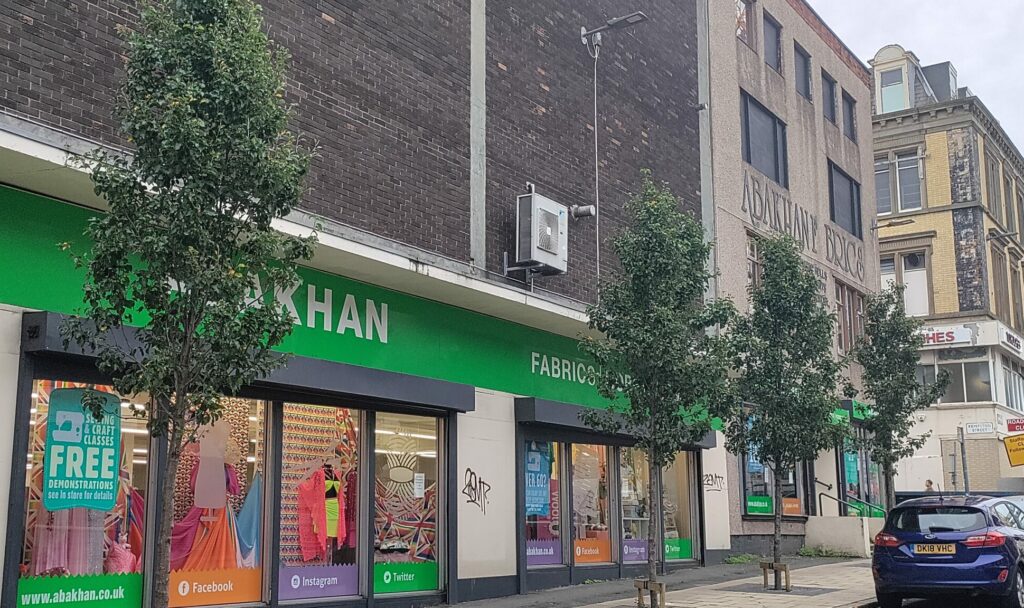The Fabric District’s Stafford Street has had a recent eco-makeover – with 32 new trees planted.
The Mersey Forest joined forces with Liverpool City Council and the University of Liverpool to reduce carbon emissions and improve Liverpool’s eco-friendliness by creating more green corridors across different parts of the city.
Liverpool is one of just three front runner cities, with Valladolid in Spain and Izmir in Turkey also taking part in the renaturing plans.
Consultation was carried out by Urban GreenUP, an EU-funded project that promotes nature-based solutions for environmental problems by planting more trees and creating green walls, pathways and corridors in public places like parks and streets.
The Mersey Forest plants more trees in Stafford Street
In Stafford Street, 32 Ulmus trees were planted by the end of 2021 through a collaboration between the Fabric District CIC and Mersey Forrest.
Fabric District CIC and Mersey Forrest.
It is hoped this will not just reduce the carbon footprint of the Fabric District, but improve the well-being of the people who live and work here too.
Stafford Street is usually busy given its closeness to the University of Liverpool and Liverpool John Moores University and is home to many traditional fabric shops alongside student accommodation.
However, its green architecture had been ignored for some time, and a Mersey Forest survey found in 2018 that the area significantly lacked green spaces and required serious intervention.
Plans were developed to find the best location for the trees which ensured the best visibility and that shops were not blocked by them.
 As part of the first phase of Stafford Street project, 7 Pyrus and 4 Ulmus trees were planted.
As part of the first phase of Stafford Street project, 7 Pyrus and 4 Ulmus trees were planted.
By the end 2021, 32 trees had been planted on Stafford Street and work began for building more tree pits, trenches and concrete coverings.
The current plans include building green cycling routes and pathways running from Stafford Street to St. John’s Market that will connect it to the city centre, St Georges Hall and across to Everton Park.
Crosswalks and pedestrian walkways have been made more eco-friendly by reusing existing paving.
The local community has reacted positively to the new trees on their doorstep
The community has commented on the positive impact of the new green project, sharing how they felt a lot better living and working in a greener place.
Jason Abbott, owner of The Tapestry and Fabric District CIC board member, said: “The trees are the first significant intervention and the amount of green going in will be reducing the amount of pollution from the highways attached to the Fabric District.”
Local residents and students say they feel much better living in a place that looks greener and healthier. The changes have not only improved the air quality of the region, but have also had a positive impact on people’s mental health.
In a video interview (watch above), one of the students living in Stafford Street said: “When I first moved into the area it was like an industrial site which was horrible, but now it looks more friendly.”
It is hoped this much-needed improvement in Stafford Street’s green environment will encourage more new and diverse businesses to move into the area.


